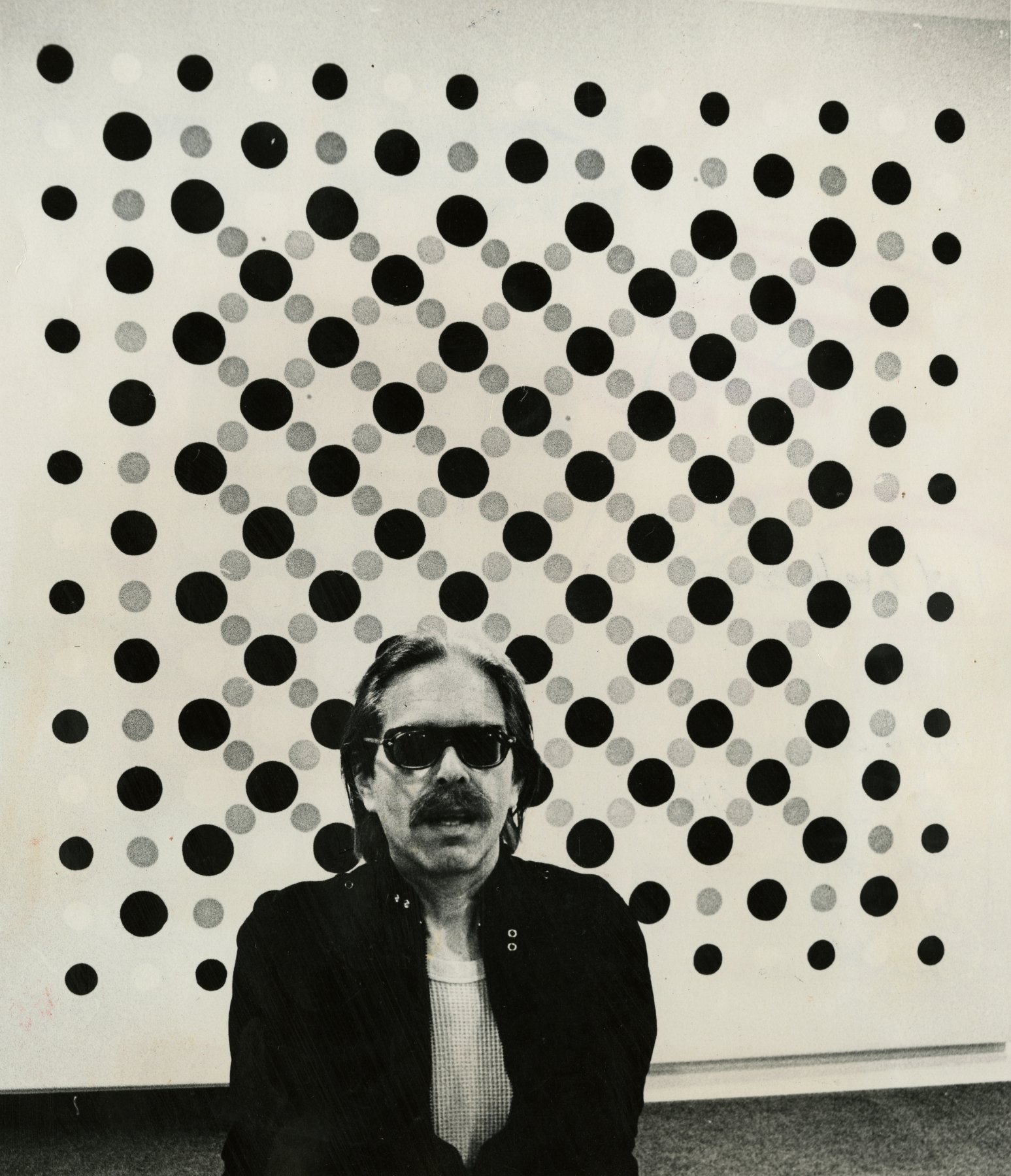Washington color school x notgagosian nft collection
Into the Metaverse Vol. 2
The Shape of Color
Into the Metaverse is an ongoing series that explores the intersection of the Color Field, Optical and Conceptual movements of the 60’s and 70’s with the new field of Generative art. Notgagosian is pleased to release Volume 2 of the project featuring works by the Washington Color School Artists.
“I become more absorbed in color as its liquid is absorbed by the canvas and a natural luminosity is enhanced.”
-Thomas Downing
Thomas Downing
Dial Forty
Into the Metaverse: The Shape of Color No.2
Unique generated NFT using Machine Learning
1964/2022
Thomas Downing
Ring Seven
Into the Metaverse: The Shape of Color No.2
Unique generated NFT using Machine Learning
1964/2022
Thomas Downing
Dial Fifteen
Into the Metaverse: The Shape of Color No.2
Unique generated NFT using Machine Learning
1964/2022
Thomas Downing
Dial Ten
Into the Metaverse: The Shape of Color No.2
Unique generated NFT using Machine Learning
1964/2022
Thomas Downing
Ring Six
Into the Metaverse: The Shape of Color No.2
Unique generated NFT using Machine Learning
1964/2022
Thomas Downing
Dial Twelve
Into the Metaverse: The Shape of Color No.2
Unique generated NFT using Machine Learning
1964/2022
Howard Mehring
T Series
Into the Metaverse: The Shape of Color No.2
Unique generated NFT using Machine Learning
1964/2022
Howard Mehring
T Series
Into the Metaverse: The Shape of Color No.2
Unique generated NFT using Machine Learning
1964/2022
Howard Mehring
T Series
Into the Metaverse: The Shape of Color No.2
Unique generated NFT using Machine Learning
1964/2022
Howard Mehring
T Series
Into the Metaverse: The Shape of Color No.2
Unique generated NFT using Machine Learning
1964/2022
Howard Mehring
T Series
Into the Metaverse: The Shape of Color No.2
Unique generated NFT using Machine Learning
1964/2022
Howard Mehring
T Series
Into the Metaverse: The Shape of Color No.2
Unique generated NFT using Machine Learning
1964/2022
Walter Darby Bannard
Yellow Rose
Into the Metaverse: Minimalism and Beyond
Unique generated NFT using Machine Learning
1959/2022
Walter Darby Bannard
Yellow Rose
Into the Metaverse: Minimalism and Beyond
Unique generated NFT using Machine Learning
1959/2022
Walter Darby Bannard
Yellow Rose
Into the Metaverse: Minimalism and Beyond
Unique generated NFT using Machine Learning
1959/2022
Walter Darby Bannard
Yellow Rose
Into the Metaverse: Minimalism and Beyond
Unique generated NFT using Machine Learning
1959/2022
Walter Darby Bannard
Yellow Rose
Into the Metaverse: Minimalism and Beyond
Unique generated NFT using Machine Learning
1959/2022
Walter Darby Bannard
Yellow Rose
Into the Metaverse: Minimalism and Beyond
Unique generated NFT using Machine Learning
1959/2022
Walter Darby Bannard
Yellow Rose
Into the Metaverse: Minimalism and Beyond
Unique generated NFT using Machine Learning
1959/2022
Walter Darby Bannard
Yellow Rose
Into the Metaverse: Minimalism and Beyond
Unique generated NFT using Machine Learning
1959/2022
Walter Darby Bannard
Yellow Rose
Into the Metaverse: Minimalism and Beyond
Unique generated NFT using Machine Learning
1959/2022
Walter Darby Bannard
Yellow Rose
Into the Metaverse: Minimalism and Beyond
Unique generated NFT using Machine Learning
1959/2022
Walter Darby Bannard
Yellow Rose
Into the Metaverse: Minimalism and Beyond
Unique generated NFT using Machine Learning
1959/2022
Walter Darby Bannard
Yellow Rose
Into the Metaverse: Minimalism and Beyond
Unique generated NFT using Machine Learning
1959/2022
Walter Darby Bannard
Yellow Rose
Into the Metaverse: Minimalism and Beyond
Unique generated NFT using Machine Learning
1959/2022
Walter Darby Bannard
Yellow Rose
Into the Metaverse: Minimalism and Beyond
Unique generated NFT using Machine Learning
1959/2022
Walter Darby Bannard
Yellow Rose
Into the Metaverse: Minimalism and Beyond
Unique generated NFT using Machine Learning
1959/2022
Walter Darby Bannard
Yellow Rose
Into the Metaverse: Minimalism and Beyond
Unique generated NFT using Machine Learning
1959/2022
Walter Darby Bannard
Yellow Rose
Into the Metaverse: Minimalism and Beyond
Unique generated NFT using Machine Learning
1959/2022
Walter Darby Bannard
Yellow Rose
Into the Metaverse: Minimalism and Beyond
Unique generated NFT using Machine Learning
1959/2022
Walter Darby Bannard
Yellow Rose
Into the Metaverse: Minimalism and Beyond
Unique generated NFT using Machine Learning
1959/2022
Walter Darby Bannard
Yellow Rose
Into the Metaverse: Minimalism and Beyond
Unique generated NFT using Machine Learning
1959/2022
Walter Darby Bannard
Yellow Rose
Into the Metaverse: Minimalism and Beyond
Unique generated NFT using Machine Learning
1959/2022
Walter Darby Bannard
Yellow Rose
Into the Metaverse: Minimalism and Beyond
Unique generated NFT using Machine Learning
1959/2022
Walter Darby Bannard
Yellow Rose
Into the Metaverse: Minimalism and Beyond
Unique generated NFT using Machine Learning
1959/2022
Walter Darby Bannard
Yellow Rose
Into the Metaverse: Minimalism and Beyond
Unique generated NFT using Machine Learning
1959/2022
Walter Darby Bannard
Yellow Rose
Into the Metaverse: Minimalism and Beyond
Unique generated NFT using Machine Learning
1959/2022
Walter Darby Bannard
Yellow Rose
Into the Metaverse: Minimalism and Beyond
Unique generated NFT using Machine Learning
1959/2022
Walter Darby Bannard
Yellow Rose
Into the Metaverse: Minimalism and Beyond
Unique generated NFT using Machine Learning
1959/2022
Walter Darby Bannard
Yellow Rose
Into the Metaverse: Minimalism and Beyond
Unique generated NFT using Machine Learning
1959/2022
About the Movement
In the latter half of the 1950s, Washington D.C. saw a flourishing of abstract art that emphasized the form-making capabilities of pure color. Known as The Washington Color School, the loosely affiliated group of abstract painters knew each other through various teaching experiences. The moniker has an uncertain origin but likely originated with the title of a 1965 exhibition at the Washington Gallery of Modern Art, "Washington Color Painters," curated by Gerald Nordland. The show exhibited the works of Kenneth Noland, Paul Reed, Morris Louis, Howard Mehring, Thomas Downing, and Gene Davis. Additionally, Leon Berkowitz and Sam Gilliam along with V.V. Rankine, Alma Thomas, Hilda Thorpe and Anne Truitt were also associated with The School.
Using innovative techniques that expanded on Abstract Expressionist experiments with color and paint application, the Washington Color School created deceptively simple compositions that evoked dynamism and tension. Championed by the art critic Clement Greenberg as part of the larger trend of Post-Painterly Abstraction, the work of the group was seen as the culmination of modernist painting, with its emphasis on the two-dimensional surface of the picture plane and its lack of reference to any subject matter. The Washington Color School embraced the larger trend of Color Field painting, and some of its practitioners experimented with Hard Edge painting as well. In many ways, these D.C. artists anticipated the style of Minimalism and then evolved alongside it, and the teaching legacy of the Washington Color School left its mark on a generation of artists in Washington. While many saw these experiments as a way of moving out of and beyond Abstract Expressionism, others saw them as a formal dead end and divorced from the tumultuous atmosphere of the 1960s.











































